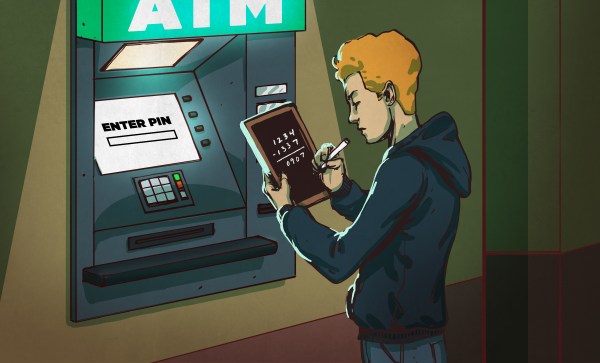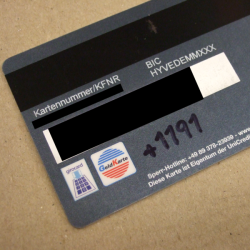Hardware hacking is a way of life here at Hackaday. We celebrate projects every day with hot glue, duct tape, upcycled parts, and everything in between. It’s open season to hack hardware. Out in the world, for some reason software doesn’t receive the same laissez-faire treatment. “Too many lines in that file” “bad habits” “bad variable names” the comments often rain down. Even the unsafest silliest of projects isn’t safe. Building a robot to shine lasers into a person’s eyes? Better make sure you have less than 500 lines of code per file!
Why is this? What makes readers and commenters hold software to a higher standard than the hardware it happens to be running on? The reasons are many and varied, and it’s a trend I’d like to see stopped.
Software engineering is a relatively young and fast evolving science. Every few months there is a new hot language on the block, with forums, user groups, and articles galore. Even the way software engineers work is constantly changing. Waterfall to agile, V-Model, Spiral model. Even software design methodologies change — from pseudo code to UML to test driven development, the list goes on and on.
Terms like “clean code” get thrown around. It’s not good enough to have software that works. Software must be well commented, maintainable, elegant, and of course, follow the best coding practices. Most of these are good ideas… in the work environment. Work is what a lot of this boils down to. Software engineers have to stay up to date with new trends to be employable.
There is a certain amount of “born again” mentality among professional software developers. Coders generally hate having change forced upon them. But when they find a tool or system they like, they embrace it both professionally, and in their personal projects. Then they’re out spreading the word of this new method or tool; on Reddit, in forums, to anyone who will listen. The classic example of this is, of course, editors like the vi vs emacs debate.


















